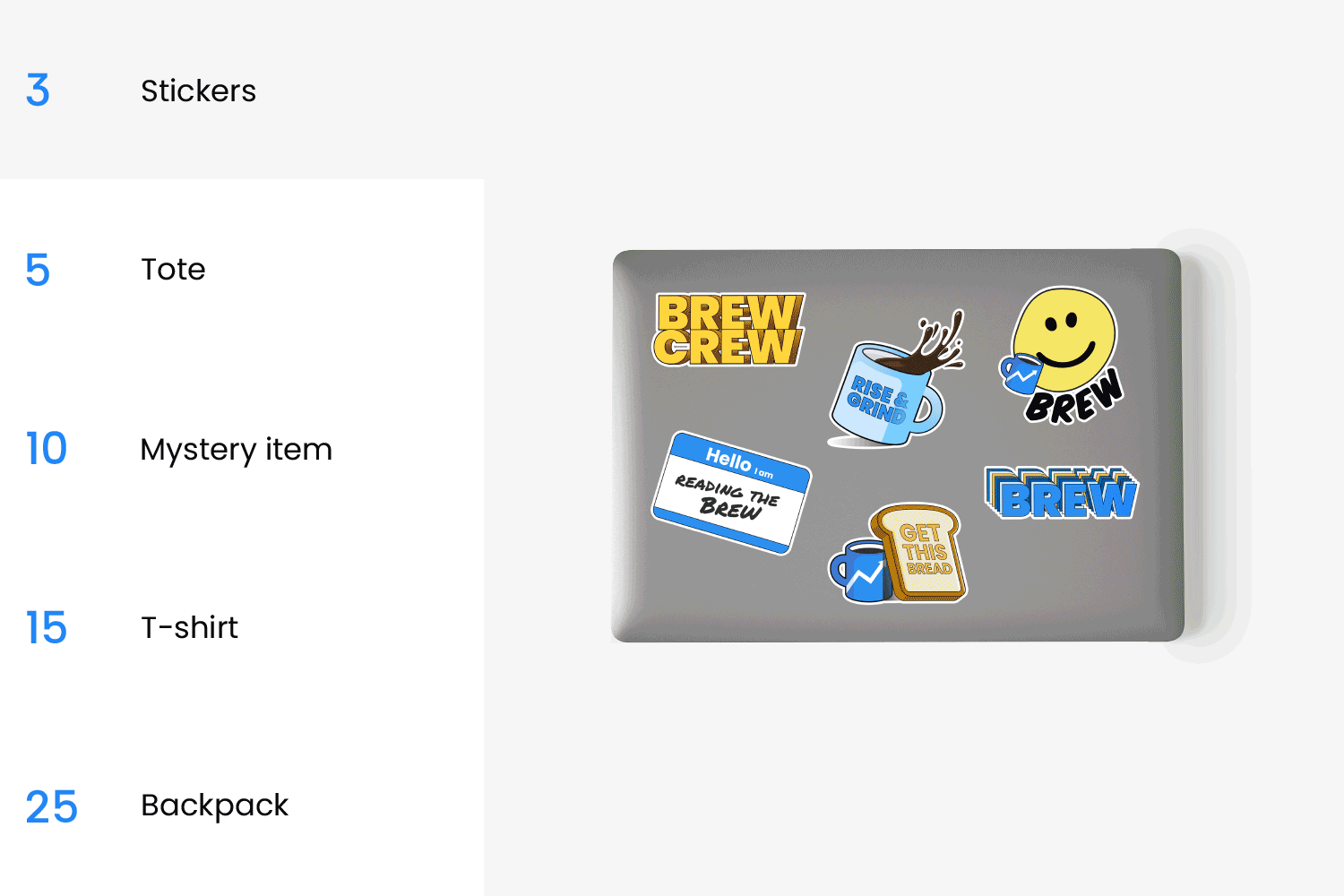|
Happy Thursday, HR pros! We were today years old when we found out some recruiters are apparently turning to dating apps to field job candidates—and according to one survey, 28% of people are open to the idea of dating apps doubling as job search platforms. We’ll let you decide how to feel about this one, but wherever you find your next great recruit, we hope they swipe right on the job.
In today’s edition:
 Consider the benefits Consider the benefits
 On a break On a break
 Legislative lowdown Legislative lowdown
—Courtney Vinopal, Amanda Schiavo
|
|
Anna Kim
|
Manhattan-bound commuters who work below 60th street were about to see their car rides become a lot more expensive before New York Gov. Kathy Hochul suspended a congestion pricing program that was set to take effect at the end of June.
The policy, which was approved by the Metropolitan Transportation Authority (MTA) Board in March, would have imposed a $15 toll on passenger vehicles entering Manhattan south of 60th street on weekdays from 5am to 9pm.
While the program was expected to generate big money for the city, it could have also created big financial headaches for employees who commute into the congestion zone. Some New Jersey commuters were expected to be acutely affected, as these drivers already pay tolls. On June 5, Hochul announced her office was pausing the program indefinitely, citing concerns about “too many unintended consequences.”
Even though New York City pumped the brakes on congestion pricing, other cities, like San Francisco and Seattle, are considering similar policies. Some cities outside the US, like London and Stockholm, have seen congestion and air pollution levels go down after implementing congestion pricing. HR departments can consider ways to make their commuter benefits more inclusive of public transit options, congestion pricing advocates told HR Brew.
Keep reading here.—CV
|
|
|
For the first time in modern history, up to five generations are working side by side in today’s workforce. This evolving talent landscape is due in part to influences like COVID-19, inflation, and social movements—aka a whole bunch of status-quo shakers.
Flexible leadership and tailored employee experiences are crucial. Protiviti explores this robust topic in their white paper: Motivating the Multigenerational Workforce of 2030.
With millennials and Gen Z comprising a large chunk of the workforce, it’s important to understand and leverage every generation’s unique contributions (without falling for generational stereotypes).
Equally valuing and elevating the potential of each generation is a key determinant of success for organizations today—and tomorrow.
Read all about it.
|
|
Hapabapa/Getty Images
|
Sabbatical leave—isn’t that just a fancy way of saying PTO? Au contraire, mon frère. A sabbatical leave benefit offers employees more than just some time away from the office. It can be a strategic investment in their well-being, providing them with the chance to rest, recharge, and recommit to their jobs following extended time off to travel, study, or whatever else they’d like to do.
And there are benefits for employers, too. Sabbaticals can have a positive impact on recruitment and retention because they can help reduce burnout and improve mental health, according to research from the Adecco Group. Employers that prioritize the overall emotional well-being of their workforce are more likely to see an improvement in recruiting and retention.
Still, as of 2019, 11% of employers surveyed by SHRM offered the benefit unpaid, while just 5% offered it paid.
One employer offering paid sabbatical leave is Intel. The tech giant’s turnover rate has been just 5.6% since 2021, compared to the 13.2% turnover rate for the industry as a whole. Amber Wiseley, Intel’s VP and head of global benefits, told HR Brew that she believes the sabbatical benefit has played a part.
Keep reading here.—AS
|
|
Bill Clark/Getty Images
|
The Biden administration had a busy spring as agencies worked to finalize a number of employment and labor rules ahead of the 2024 presidential election. Equally busy, perhaps, was the US Chamber of Commerce, which challenged several of these policies in court—one of which was ultimately stayed by a federal judge in Texas. Here’s an overview of the Biden policies that have been challenged, and where those lawsuits stand.
The Chamber of Commerce sued the FTC over its noncompete ban. Just one day after the Federal Trade Commission (FTC) announced a final rule banning noncompete clauses in employment contracts, business groups, including the Chamber of Commerce, sued to block it.
In a statement ahead of the lawsuit, the chamber’s president and CEO Suzanne P. Clark called the ban “a blatant power grab,” and argued the agency didn’t have the constitutional authority to issue the ban. A Dallas-based tax services firm sued the FTC on similar grounds.
The ban would bar employers from entering into noncompetes with any workers, as well as void most existing noncompete agreements, 120 days after its publication in the Federal Register. These legal challenges, though, could keep the ban from taking effect in a timely manner.
Keep reading here.—CV
|
|
|
Revved-up recruiting. Candidate experience is much more than an HR buzzword—it can affect your org’s ability to attract and retain top talent. How is your company perceived? Figure out which experience metrics matter most (and how to improve yours) in Paylocity’s new guide. Give it a read.
|
|
Francis Scialabba
Today’s top HR reads.
Stat: The share of women hired into senior leadership roles globally dropped to 36% in April 2024, a steady decline from 2022, when 38% of women were hired at this level. (World Economic Forum)
Quote: “There just doesn’t seem to be huge gains from the number of days people are in the office…It’s about the quality, not quantity, of time that matters.”—Allison English, deputy CEO of workplace insights firm Leesman, on the efficacy of RTO policies (BBC)
Read: BP will require senior leaders to disclose any intimate relationships they’ve had with colleagues in the last three years, regardless of whether there’s a conflict of interest concern. (Reuters)
Generation veneration: Up to five generations are working together in today’s Wild West of a workforce. Protiviti covers how to value the potential of each generation for organizational success in this white paper.* *A message from our sponsor.
|
|
|
Break free from the job-board cycle. CollabWORK connects you with relevant job openings curated specifically for communities you’re already part of—like HR Brew. Find high-quality opportunities below and land your next big break by joining CollabWORK today.
|
|
|
Share HR Brew with your coworkers, acquire free Brew swag, and then make new friends as a result of your fresh Brew swag.
We’re saying we’ll give you free stuff and more friends if you share a link. One link.

Your referral count: 2
Click to Share
Or copy & paste your referral link to others:
hr-brew.com/r/?kid=9ec4d467
|
|
ADVERTISE
//
CAREERS
//
SHOP
//
FAQ
Update your email preferences or unsubscribe
.
View our privacy policy
.
Copyright ©
2024
Morning Brew. All rights reserved.
22 W 19th St, 4th Floor, New York, NY 10011
|
|









